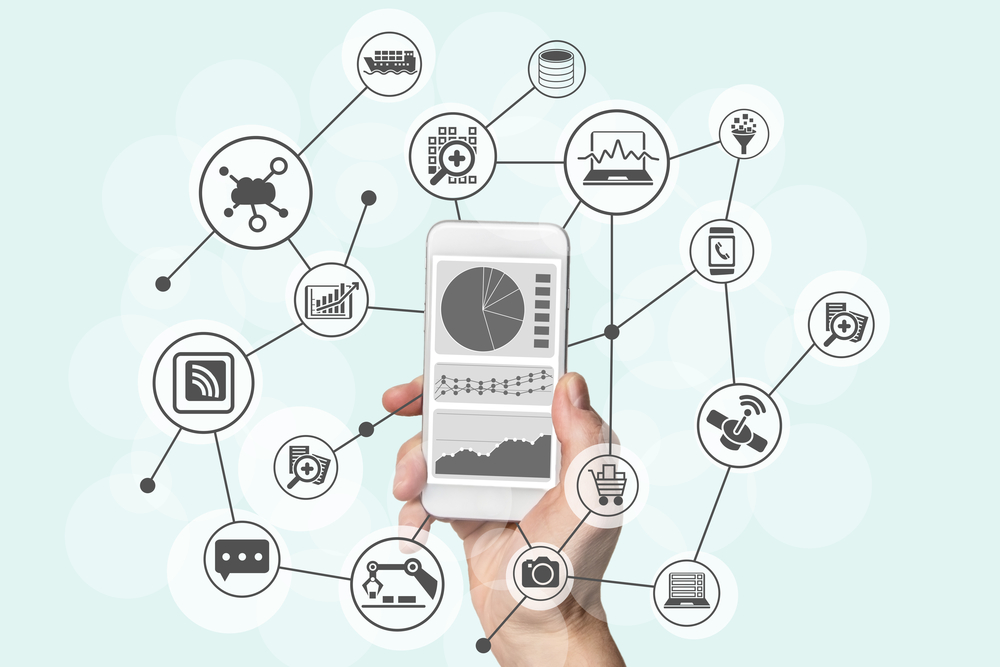Rise Of Digital Payments And UPI In India
The technological transformation which the country is witnessing has both pros and cons

India is in an exciting phase with digitisation taking the central seat in driving the fundamentals. The last decade has certainly triggered the momentum of the digitisation process with the e-commerce industry setting its foot and the digital payment system becoming the key derivative. However, the digital landscape of India is still in a nascent stage and undergoing a lot of transformation propelled by policy framework and technology penetration. Digital payment system is the poster boy of the banking industry that is changing its dynamics.
Digital payment trends are surging expeditiously with big giants entering the battlefield and offering cash backs, rewards, and offers. to woo customers to use their platforms. The increased smartphone penetration and cheaper internet have helped digital wallet companies to a great extent and they have started clutching a place in the customers’ lifestyle.
It is not just the companies that are looking to add customers but the customers too have also started realizing the importance of having a digital payment option while making the purchase. The digital transaction sector is gaining prominence and is growing at an exponential rate which is a good sign for the economy too as more and more people are opening up to accept this method along with the conventional one. The behavioral change became an enforced one and the entire digital payments trend got more wheels when the demonetization was announced. With the limited availability of cash at hand, the entire ecosystem was forced to resort to the digital payment system to keep the economic activities going. The recent pandemic has further stimulated the demand for digital wallets as the contactless payment is reckoned as the new normal protocol.
India is among the top nations with the world’s fifth-biggest online customer base and majority of them are only using mobile internet which indeed is a driving force for the success story of digital payments. The rise of new-age technologies such as e-wallets, UPI, tap, and pay, have further allowed people to look beyond the conventional mode of payments.
The technological transformation which the country is witnessing has both pros and cons which are necessary to be addressed for a better future. Let us try and understand the benefits which digital payments have.
Easy way to make payments
The payments made through digital modes are usually hassle-free and save time. Anyone with a smartphone and a bank account can make the payment directly to the merchant with no requirement of hard cash.
Technology brings transparency
When the cash dealing has reduced the transparency in the system becomes apparent. The scope of losing cash and other illicit activities is minimized with every transaction being documented and recorded.
Opportunities for corporate
The emergence of the digital payments sector has provided a huge opportunity for companies to grow and take the lead. A lot of big players have already entered the space and are eyeing to grow exponentially. More and more seamless technology is required and the IT companies are working rigorously to make the experience better for the users.
Boost to E- Commerce
Digital payments and UPI have been instrumental in the rise of E-commerce in India and they will continue to provide a boost to the e-commerce sector. The rising trend of online shopping will get even stronger as the digital payment and use of smartphones continue to surge.
Positive for the entire industry
The digital mode of payment has a lower operational cost which is a positive indicator for the growth of the entire industry. The delay of cheque clearance and payment transfer can be avoided by adopting digital payments. This in turn saves time and other resources. The turnaround time of any job gets reduced as the instant payment options remove the time barriers.
Geographic freedom
Gone are the days when people used to find it difficult to send payment or money to their vendors or loved ones. The conventional methods were not only time consuming but had limitations in terms of reach also. With the rise in digital payment systems, money can be sent within seconds even in the remotest areas.
By now most of us would be thinking that the digital payment mechanism is a game-changer that will redefine how transactions will be done in the coming future. However, there is a grey side to this as well. The technology always comes with a rider that its use is always vulnerable to less aware people. We have often heard about various cyber frauds where people are cheated in the name of various schemes and offers. The rise of digital payment does pose some serious questions which are important for the entire ecosystem to address. Let us draw some hindrances that prevail
Lack of trust
The trust factor is not yet fully developed among people and that is the reason people still prefer to use conventional methods of payment.
Prone to cyber attack
Digital payments are driven by technology that despite high security is prone to cyber-attacks. People with ill intentions find ways to fool people either by sending links or making a dummy app, which users are not able to understand and they succumb to such attacks. Also, the weak cyber policing infrastructure and reach make it easier for such people to operate and roam scot-free.
Illiteracy
Lack of education is a hurdle that comes in the way of growth of digital payment in India. Poor knowledge of the technology and improper understanding of the digital world creates a gap.
Internet penetration
Internet penetration is on the rise but still, a lot of the population is alien to the smartphone world. The recent years have definitely been promising in terms of adding more digital consumers to the system but it will still take time to reach a stage where every stone thrown would hit the smartphone user.
Technology comes with its pros and cons and we can certainly address the challenges and make necessary improvements in the existing framework to make it more accessible and trustworthy. The cashless economy may still be a distant dream right now but we are definitely in the direction where technology will take precedence and the use of cash would go down significantly.
The author is Managing Director, Governance Now-A Sri Adhikari Brothers Enterprise









